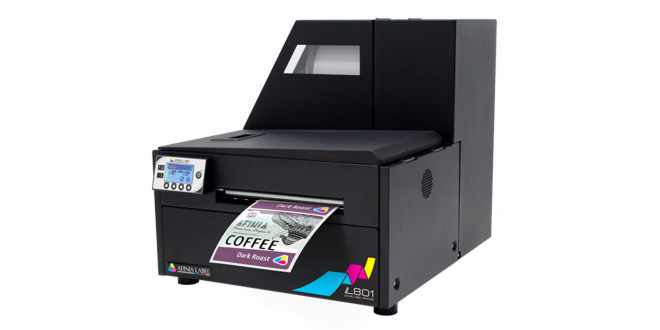Direct Thermal vs. Thermal Transfer Printing: What You Need to Know

When it comes to label and barcode printing, understanding the differences between direct thermal and thermal transfer printing is crucial. In this article, we will explore the advantages and disadvantages of each method, along with how they work and what applications they are best suited for.
Direct Thermal Printing
Direct thermal printing is a simple and cost-effective method of printing labels and barcodes. This method uses label material with a heat-sensitive coating, which is activated when heated by the print head. The heat causes the thermal coating to turn black, creating the image on the label. Direct thermal printing is perfect for low volume printing applications.
Advantages of Direct Thermal Printing:
• No ribbon required - Direct thermal printing does not require a ribbon, making it more cost-effective than thermal transfer printing.
• Easy to use - Direct thermal printers are simple to operate, which makes them a great option for low-volume printing applications.
• High-quality prints - Direct thermal printing produces high-quality prints with crisp and clear images.
Disadvantages of Direct Thermal Printing:
• Limited lifespan - Direct thermal labels have a limited lifespan and are susceptible to fading when exposed to sunlight, heat, or friction.
• Limited label material options - Direct thermal printing is limited to a select range of label materials, which can limit the applications this printing method is suitable for.
• Not suited for high volume printing applications - Direct thermal printing is not the best option for high-volume printing applications.
Thermal Transfer Printing
Thermal transfer printing uses a ribbon to transfer ink onto the label material. The print head applies heat to the ribbon, which melts the ink and transfers it onto the label material. Thermal transfer printing is a more versatile printing method and can accommodate a wider range of label materials than direct thermal printing.
Advantages of Thermal Transfer Printing:
• Durable - Thermal transfer labels are durable and resistant to fading, which makes them an excellent option for applications where wear and tear are a concern.
• Wide range of label material options - Thermal transfer printing can handle a wide range of label materials, including glossy, matte, or synthetic labels.
• Suited for high volume printing applications - Thermal transfer printing is the best option for high-volume printing applications.
Disadvantages of Thermal Transfer Printing:
• More expensive - Thermal transfer printing requires a ribbon, making it more expensive than direct thermal printing.
• More complex - Thermal transfer printers are more complex and require more setup and maintenance than direct thermal printers.
• Slower printing speed - Thermal transfer printing is slower than direct thermal printing, which may not be suitable for applications where speed is a priority.
In conclusion, both direct thermal and thermal transfer printing have their own advantages and disadvantages. Direct thermal printing is perfect for low volume printing applications, while thermal transfer printing is a more versatile option that can handle a wide range of label materials and is suited for high volume printing applications. Whatever your needs may be, be sure to choose the right type of printing equipment and label materials to ensure accurate and consistent results with your barcode scanners.